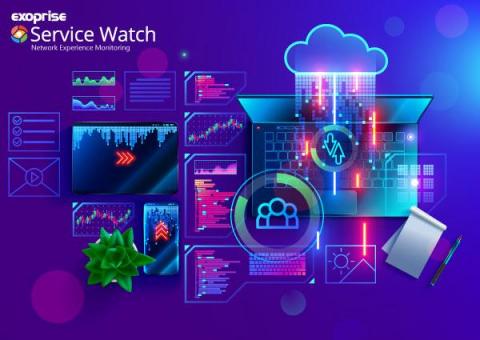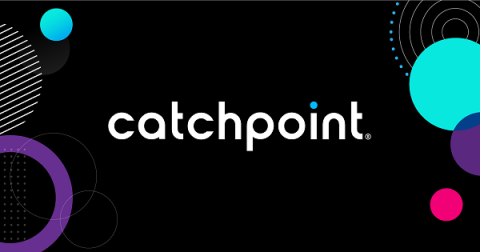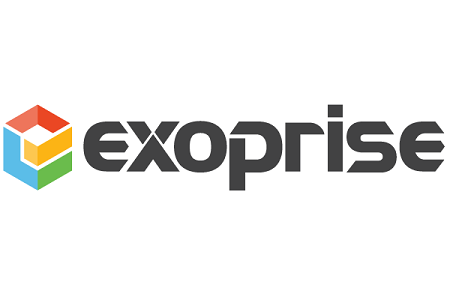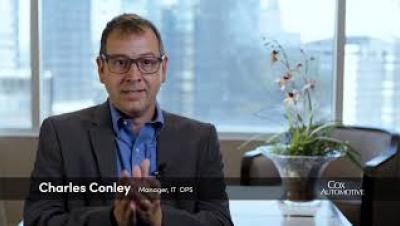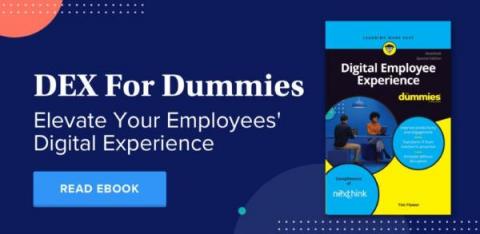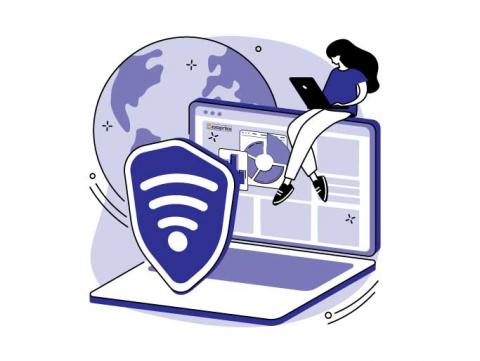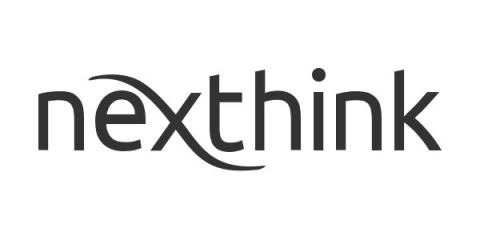3 Reasons You Need a Digital Experience Monitoring Solution
Exoprise customers are already enjoying the full benefits of 24*7 active monitoring for their enterprise applications. Don't believe us? Take a look at one of our case studies. While synthetic monitoring (aka Active Monitoring) is great for proactively detecting SaaS, network, and Internet outages, the IT world has now switched to Digital Experience Monitoring (DEM) solutions. Thanks to Covid, that took the world by storm.


